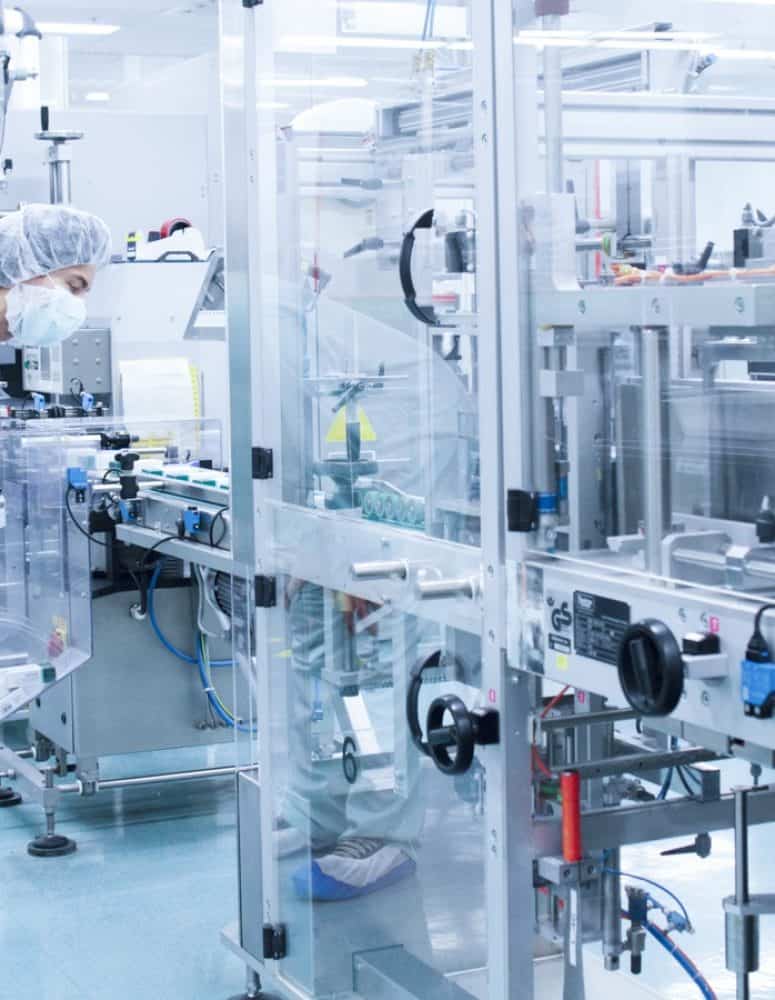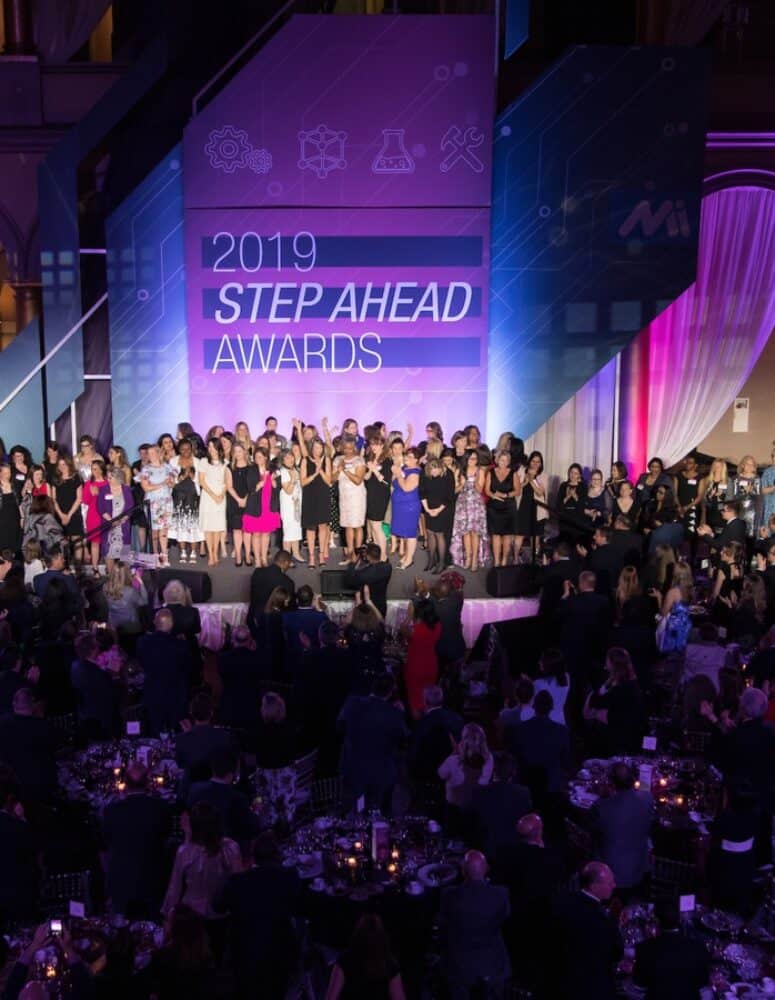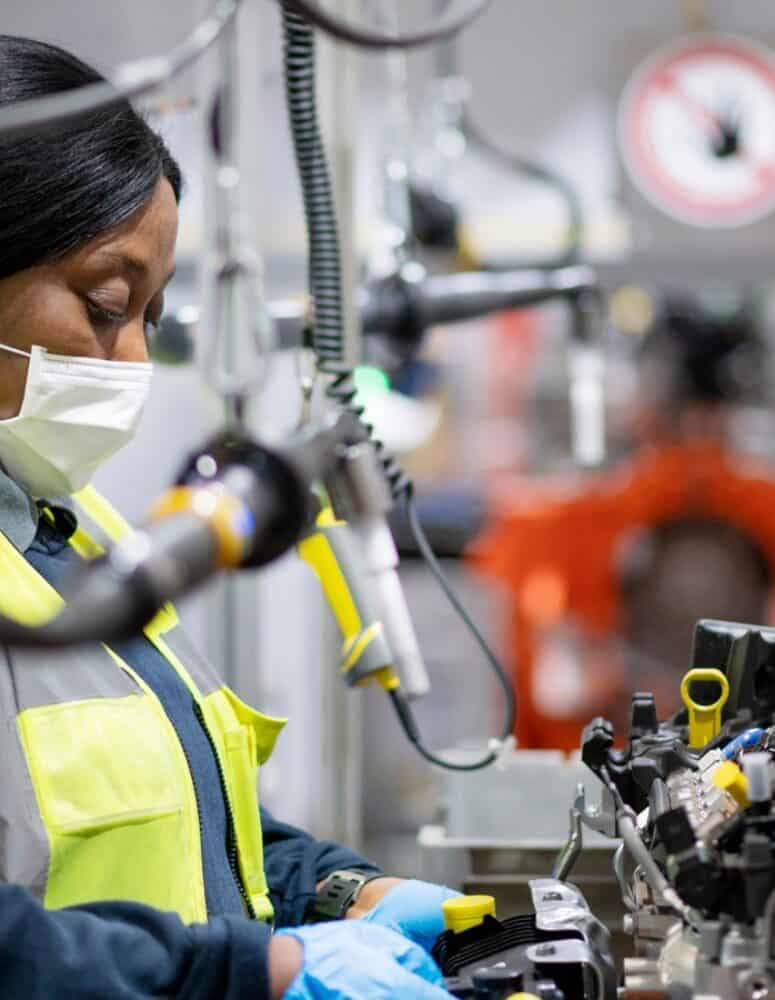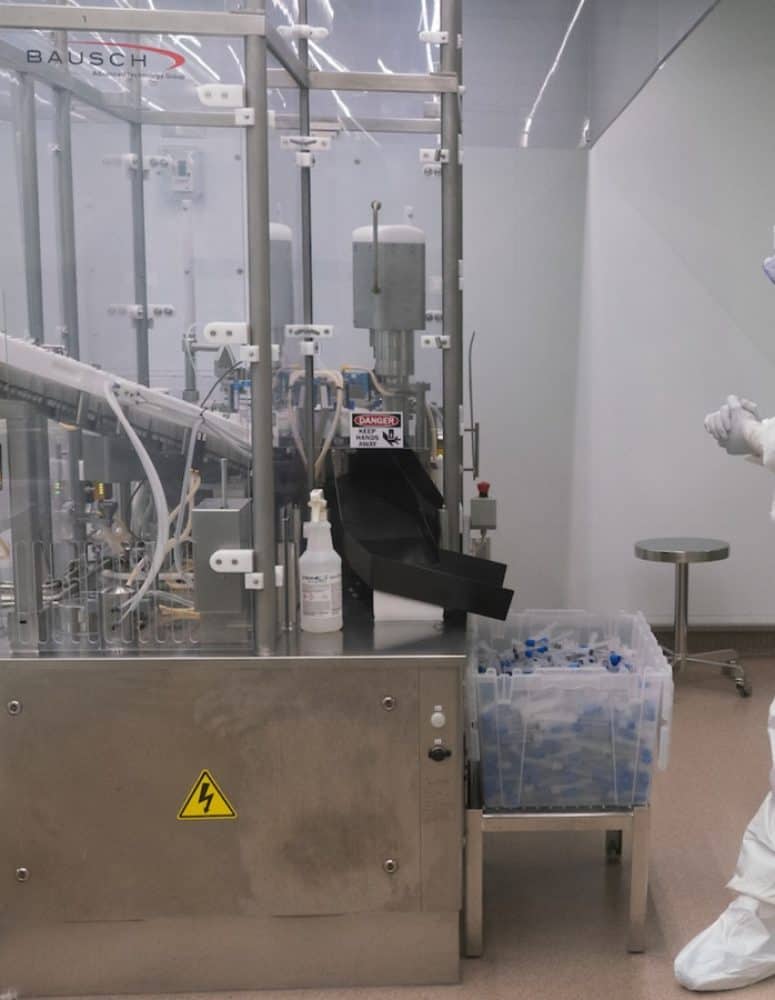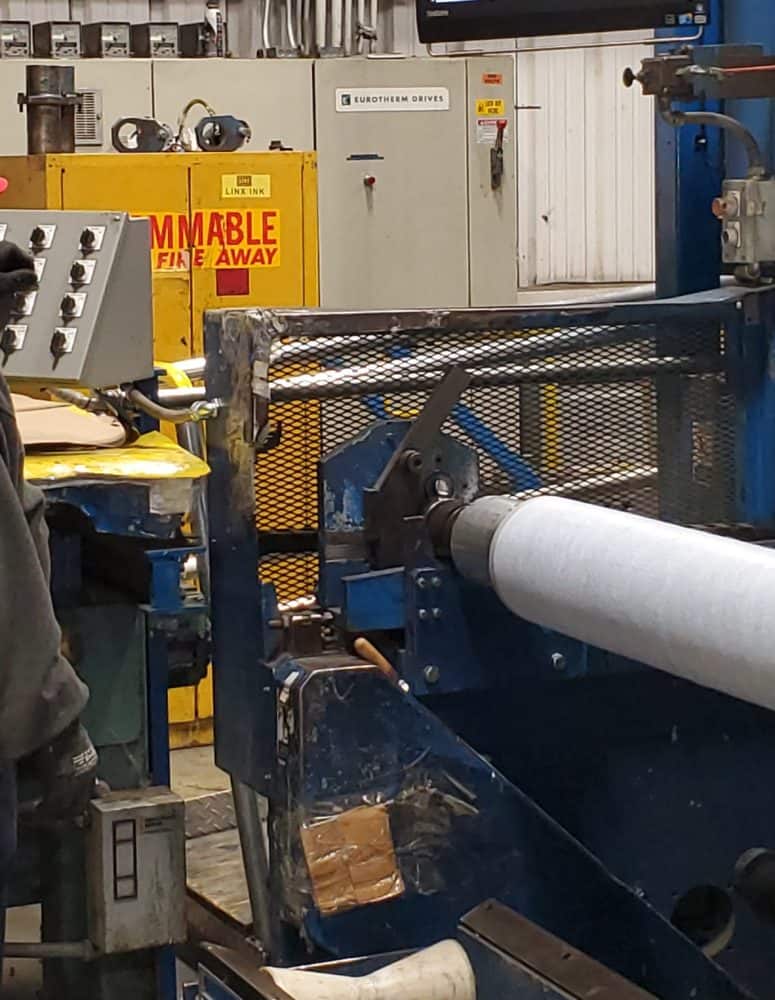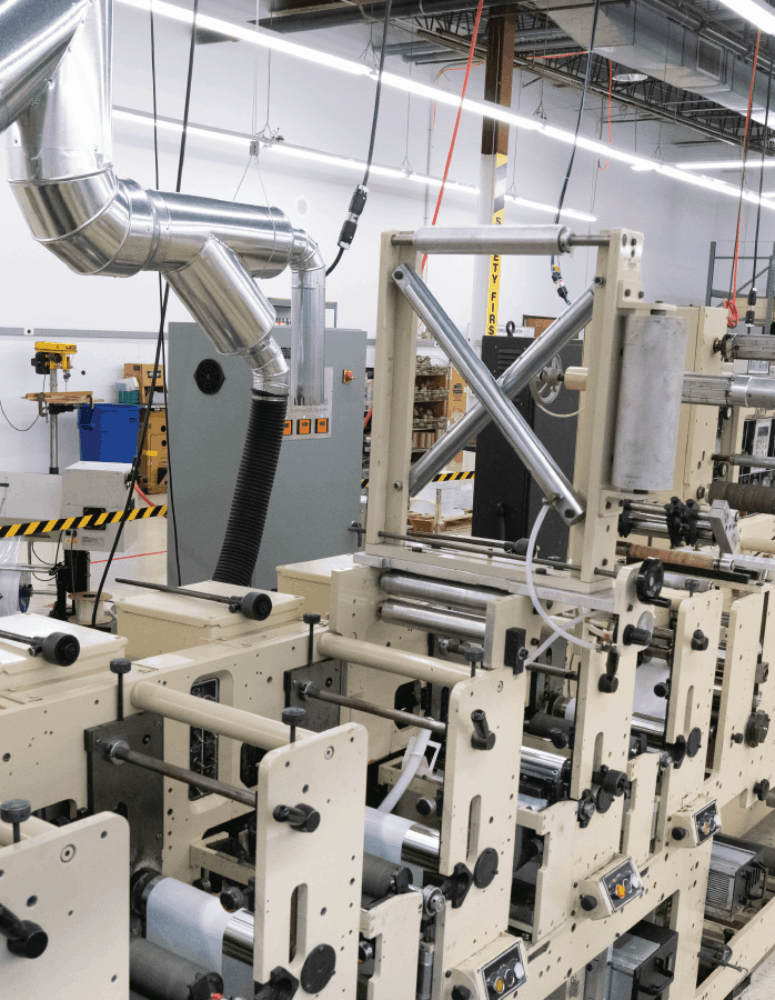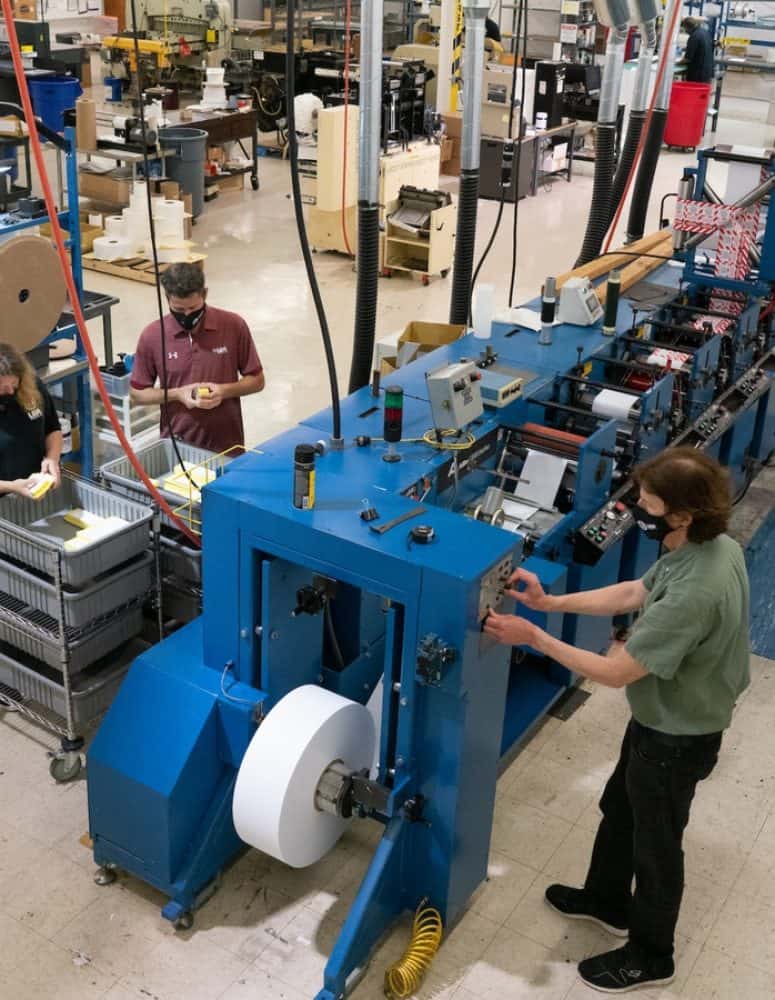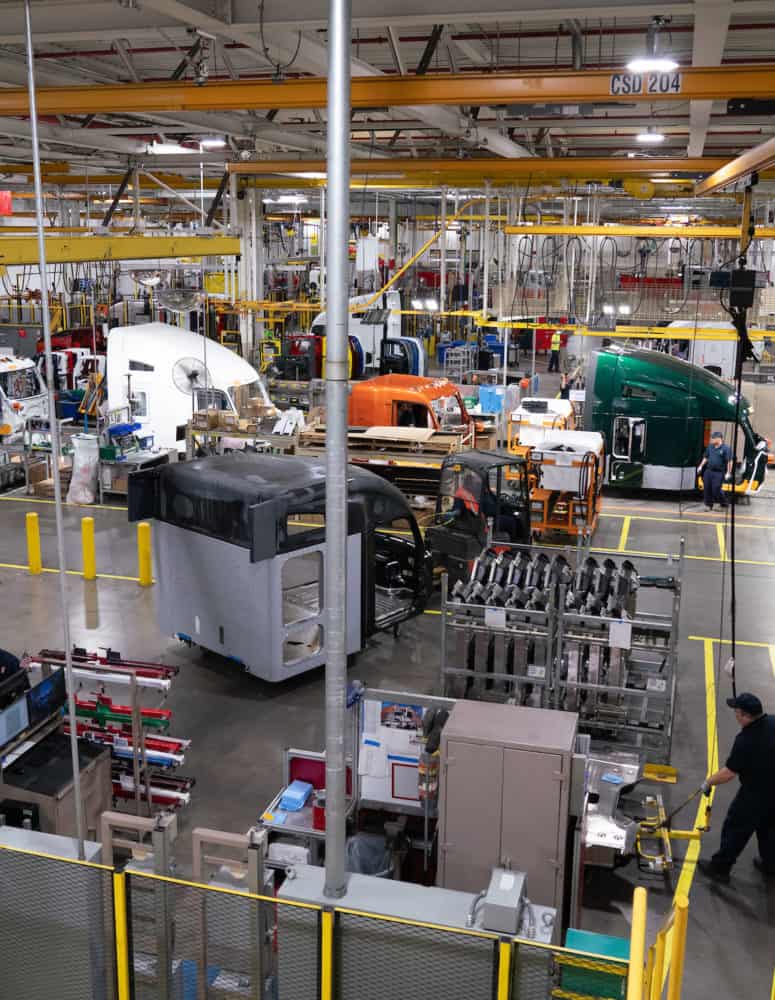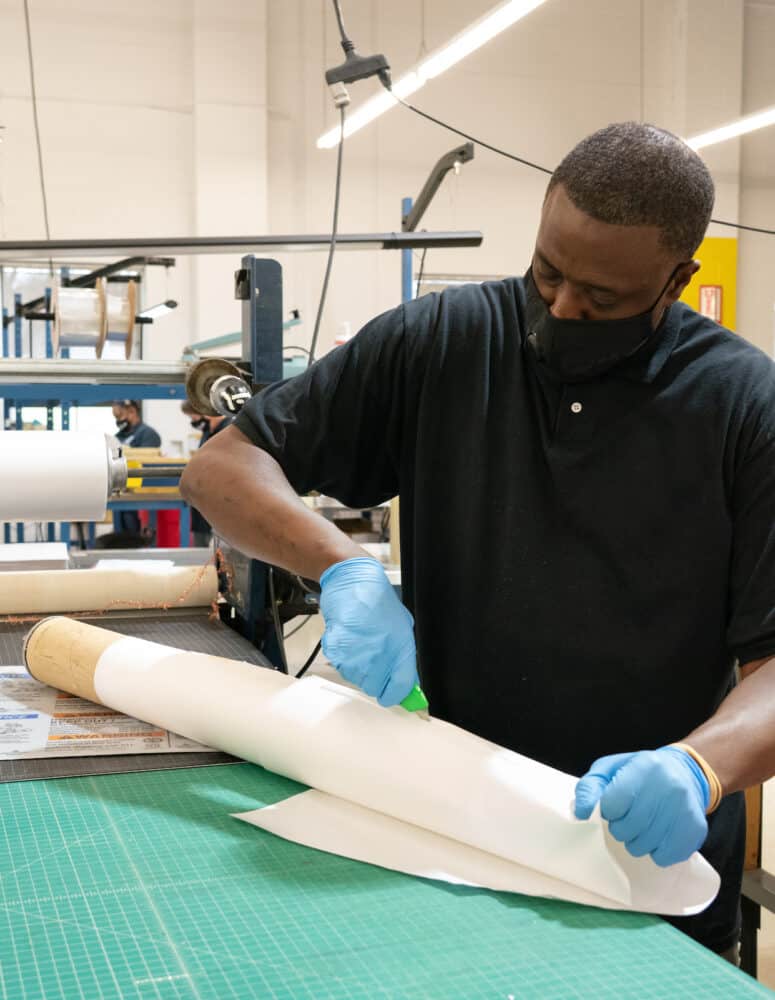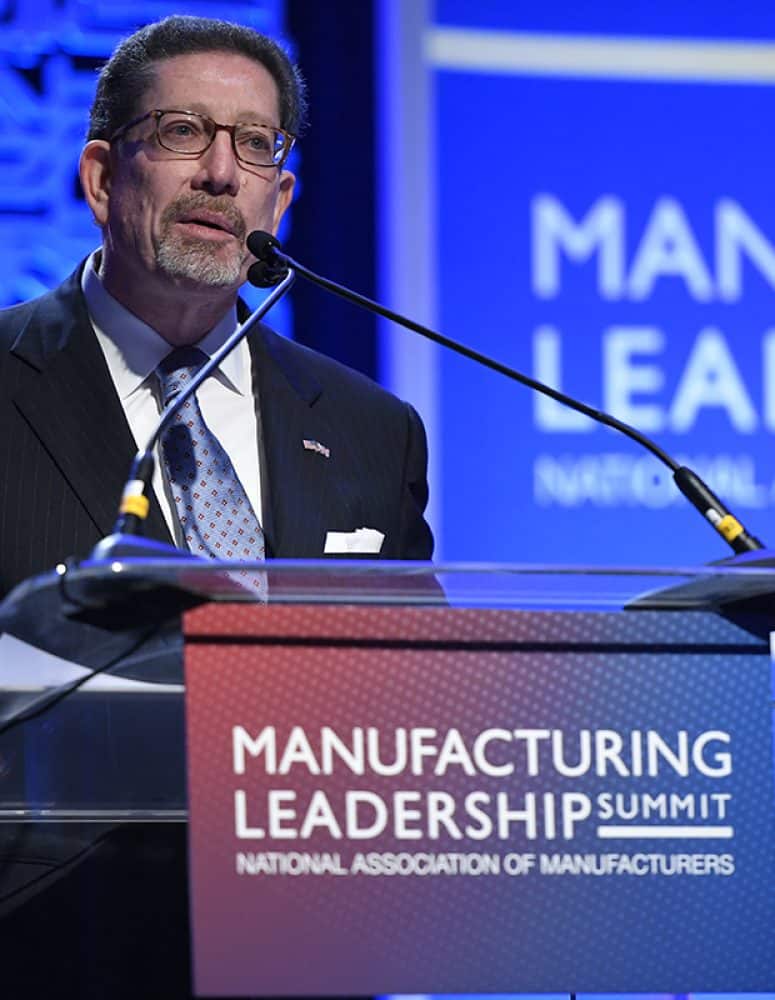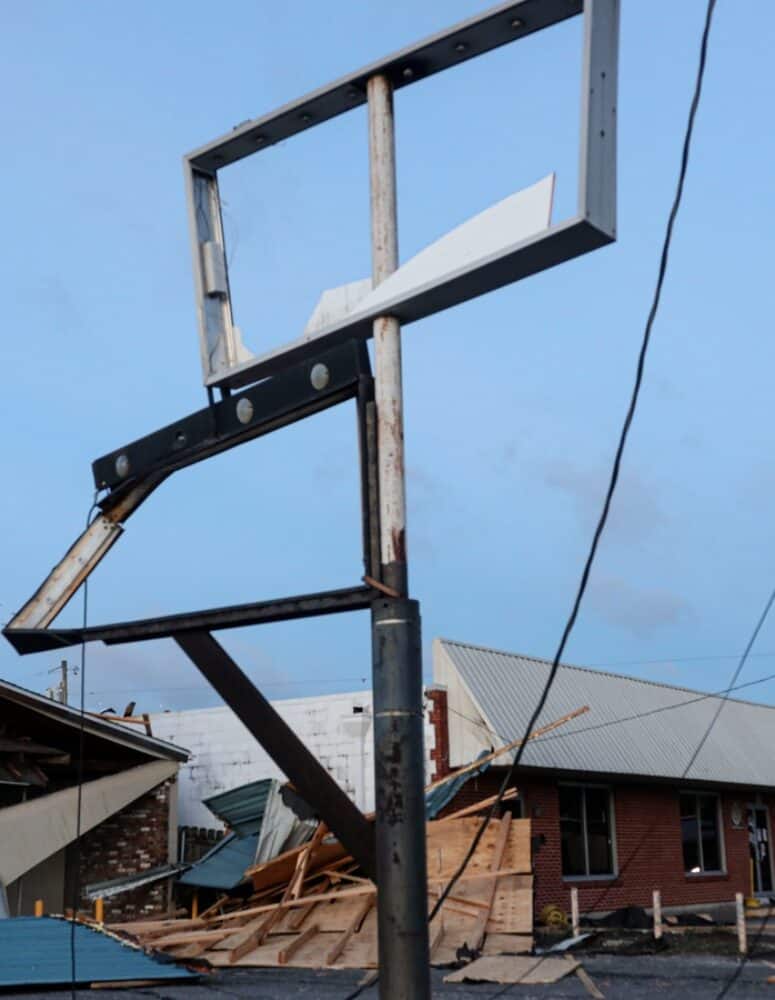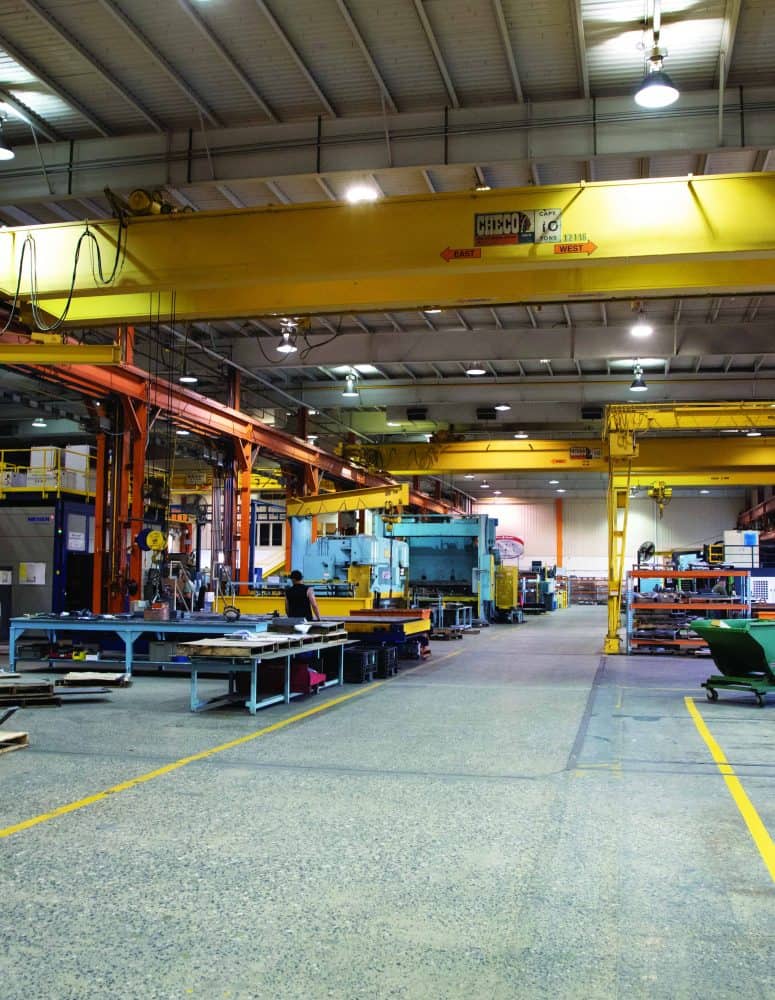ML Awards Recognize the Best of Manufacturing
Get the Latest News
Sign up here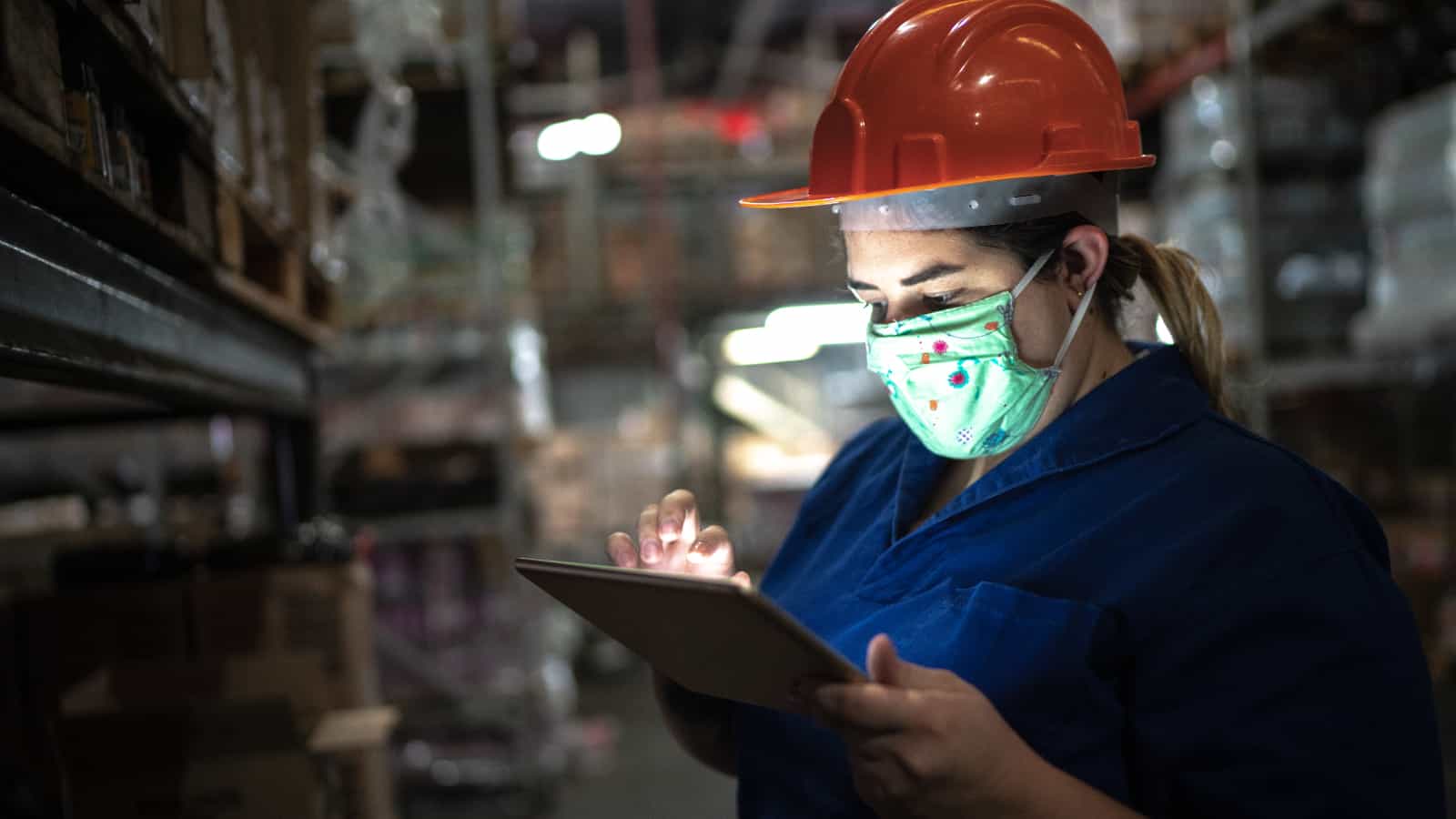
For almost two decades, the NAM’s Manufacturing Leadership Council has been showcasing the best-performing, most innovative and most influential manufacturers in the field. Its yearly Manufacturing Leadership Awards recognize organizations of all sizes and from all sectors, along with the individual leaders who are spearheading their transformations. Now, your company or leader could be among the next cohort of winners: nominations for the 2022 season opened on Aug. 16.
What’s involved: Since 2005, the ML Awards have recognized more than 1,000 outstanding leaders and projects that have sped the transition to Manufacturing 4.0, the next wave of industrial progress created by digitization.
- Nominations are judged by a group of seasoned industry executives with expert knowledge of digital transformation. Past judges have come from companies such as Lockheed Martin, GM, Merck and 3M.
- Any manufacturing organization is eligible, and all may apply through the MLC’s online application process. Project nominations include a timeline and written overview of a project’s business and operational impact, while individual nominations ask for details about a leader’s achievements and influence on his or her organization and the manufacturing industry at large.
Highlights of the 2022 season: This year, the awards will feature 11 categories, nine for projects and two for individuals.
- Digital Transformation Leadership: This category is for accomplished operations leaders who have transformed their companies through technology adoption, performance and process improvements or business culture changes. Leaders at any level of the organization may apply.
- Next-Generation Leadership: This category honors remarkable manufacturing professionals aged 30 or younger who demonstrate the leadership needed in the digital manufacturing era. If you have a young, inspiring leader on your team who acts as a role model within and outside your organization, nominate him or her today.
- Project categories: This year’s awards recognize excellence in artificial intelligence/machine learning, supply chains, business culture transformations, organizational collaboration and more. The complete list is here.
Why it matters: The COVID-19 pandemic only reinforced how much manufacturing matters to our entire society, at every level and in every household. The 2022 ML Awards will recognize many of its most remarkable accomplishments, showcasing an industry that remains unceasingly dynamic even in the midst of crisis.
Don’t wait: Nominations are due Dec. 20. They can be submitted directly by manufacturing organizations or by their consulting partners or PR and marketing firms. You can complete your application here.
Rethink 2021: Manufacturing’s Future on Display
Get the Latest News
Sign up here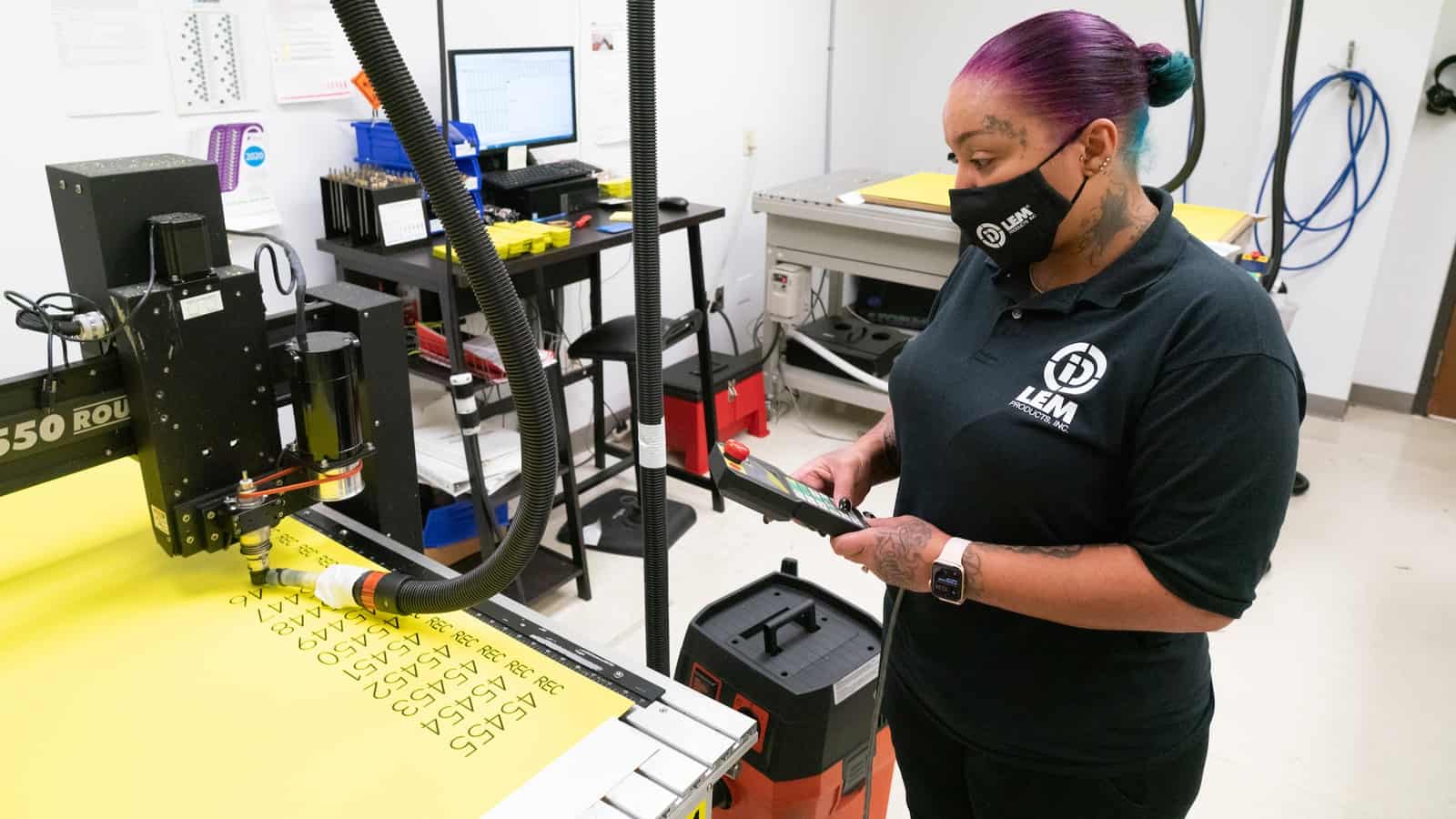
Hundreds of manufacturing leaders came together this summer to discuss the industry’s next century of technological dominance. Augmented reality, artificial intelligence, robotics and more were all on the schedule, with companies unveiling their cutting-edge techniques and exchanging invaluable knowledge.
This premier gathering of talent is called Rethink, and it is the Manufacturing Leadership Council’s yearly conference on Manufacturing 4.0—the next wave of industrial progress created by digitization. It offers manufacturers a range of ways to engage with leaders and experts, including interactive case studies, collaborative think tank sessions and keynotes.
This year’s Rethink showcased a number of innovative technologies that are already transforming companies around the world. Here are some highlights.
Augmented reality is the new reality: PTC President and CEO Jim Heppelmann explained the benefits of augmented reality, which can give much more information to frontline workers and help manufacturers bridge the skills gap—the lack of sufficient skilled workers to fill available jobs.
- For example, augmented reality allows companies to record the expertise of workers who may soon retire, thus improving the training programs for new workers, Heppelmann pointed out.
Read more of Heppelmann’s expert advice here.
Robotics will support workers: In a keynote address, MIT’s Dr. Daniela Rus explained the coming evolution in human-machine relationships. She predicted that robots will enable workers to control production lines more precisely and configure them for rapid, customized production.
Read more about Dr. Rus’s predictions here.
Intelligent platforms are key: Intelligent platforms help manufacturers capture and understand data—the key to success in manufacturing’s digital era, according to Sid Verma of Hitachi Vantara and Mike Lashbrook of JR Automation.
- One of the biggest challenges is learning how to collect data strategically—because a plant floor can generate tons of it. “Just collecting data on the [operational] side does not work for us,” said Verma. “We have seen horror stories where people spent their entire IT budget just collecting data because they didn’t know where to start.”
Read more of Verma and Lashbrook’s insights here.
The bottom line: No matter where you are in your digital transformation, Rethink can help you move forward. It is the perfect place to discover new technologies and learn best practices for implementation.
For more information about the MLC, including Rethink 2022, email [email protected].
Take an MLC Plant Tour and Discover Innovation
Get the Latest News
Sign up here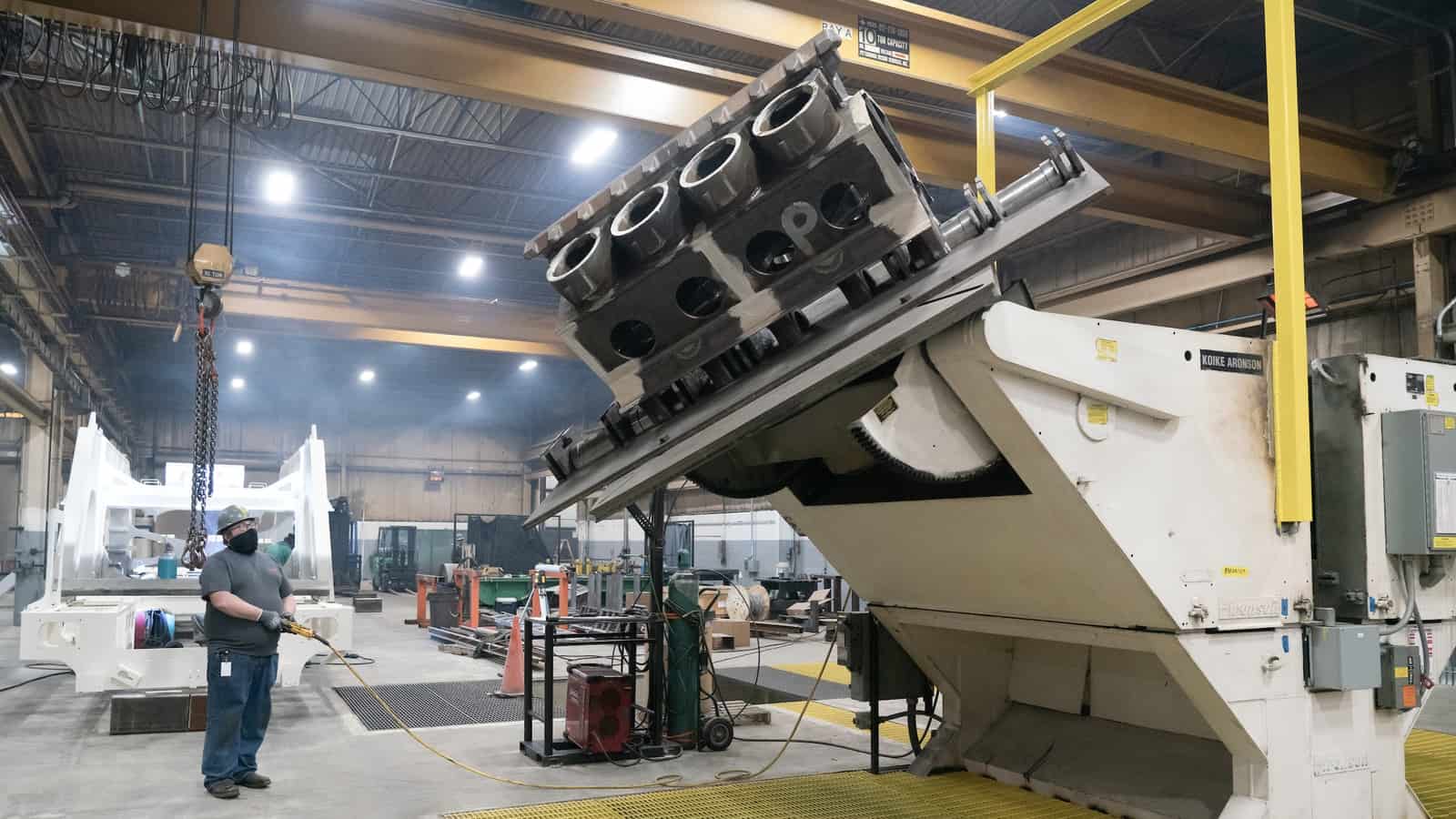
There’s no better way to see innovation at work than to visit a manufacturing facility. There’s also no better way for manufacturing leaders to learn from one another. The Manufacturing Leadership Council’s plant tours are designed to give manufacturers unparalleled insight into each other’s innovations—and you won’t want to miss the next one.
The MLC’s plant tours have long been some of its most popular offerings. Back before COVID-19, these multiday events included a site visit, an executive roundtable discussion and ample time for networking and exchanging ideas. Now the events take place virtually, a change that has several advantages: more manufacturers can conveniently attend from their desks, and companies can showcase several facilities (and more innovation) in the same tour.
But most importantly, whether online or in person, an MLC plant tour offers a one-of-a-kind opportunity to connect and collaborate. The adoption of advanced manufacturing technologies can be dauntingly complex, and the best guides are those who have already done it.
Here’s just a taste of the innovations that participants get to see.
A whirlwind tour of IBM: This past April, participants took a virtual tour of IBM’s high-end storage facility in Vác, Hungary. They got to see how IBM uses automation, augmented reality, artificial intelligence, IoT technology and data visibility throughout its operations.
- Among the many innovations that IBM’s executives discussed on the tour were its acoustic insights products. The company trains AI models to recognize sounds that could indicate a potential machine failure so that it can be fixed preemptively—a technology it developed in house.
MxD x 2: Participants also attended two tours through MxD’s facilities earlier this year, each of which showcased a number of different innovations.
- Teaching old systems new tricks: On the first tour, visitors got a look at MxD’s Innovation Center in Chicago, a facility where manufacturers conduct experiments and demonstrations. They saw how MxD retrofits legacy equipment to keep up with the digital times—such as by outfitting a type of manual milling machine in use since the 1930s with digital sensors. The total cost of the upgrade? Less than $150.
- Cybersecurity in action: On a second trip through MxD’s Chicago facility, visitors saw the company’s cybersecurity demonstration areas. One of them included the excitingly named Cyber Wall, which helps manufacturers understand and guard against threats to their operational technology systems.
Sign up for Nexteer: You won’t want to miss the MLC’s upcoming tour of Nexteer Automotive, coming up on Aug. 11 (from 11:00 a.m. to 1:00 p.m. EDT). Nexteer is a global leader in the steering and driveline business, serving such major customers as BMW, Ford, Toyota, GM and more.
This virtual trip will take you inside the company’s Saginaw, Michigan, facilities and show you how Nexteer uses data to manage and improve its processes and products. Sign up today!
The Companies Leading the Way into Manufacturing 4.0
Get the Latest News
Sign up here
We all learn by example. That simple principle lies behind an ambitious undertaking by the World Economic Forum: to build a network of manufacturers that have succeeded in adopting Manufacturing 4.0 technologies, and that can act as ambassadors and educators for the whole global industry.
It’s called the WEF Global Lighthouse Network, and it’s already yielding fruitful partnerships and useful information. Recently, WEF Head of Advanced Manufacturing Francisco Betti sat down with the MLC to explain how it works.
Lighting the way: The Global Lighthouse Network emerged from a research partnership with McKinsey, which looked into what holds manufacturers back from embracing M4.0 technologies.
- After talking to more than 400 senior leaders, the researchers discovered that only 30% of companies were benefitting from technology adoption in their facilities and supply chains.
- As Betti puts it, “The majority were stuck in what we define as ‘Pilot Purgatory.’ There were massive investments being made in new technologies, and thousands of pilot projects underway, but very few were making it to the shop floor or delivering real operational financial value.”
That’s where the Lighthouse companies come in—the WEF decided to ask some of that 30% to open their doors and teach the rest of the industry how to make the digital jump.
How it’s going: Currently, the Lighthouse network has 69 members, assessed by a rigorous and independent review process. Betti says, “What is interesting is that we have companies from a large variety of sectors, and that is by design. . . . The opportunity for cross-learning here is massive.”
- The project is looking for use cases at factories, but also beyond. Many of the real winners in the digital game transform their entire supply chains, and the WEF is also looking to add those sorts of companies to their network.
Get involved: Companies can apply to be a part of the network, says Betti. The process involves an application, which covers both achievements and strategies, and culminates in a site visit.
- “The panel convenes on a quarterly basis to assess all the applications, vote and decide on those who finally get recognized as Lighthouses in the network.”
The transformation: Betti sees the M4.0 technologies as transforming whole economies and enabling “a new era of economic growth.” He makes a bold prediction about its effects on manufacturing leadership:
- “We are under the impression that there is a trend that we will most likely see going forward where chief operating officers will become the next generation of CEOs. Those who know how to successfully run operations by transforming them digitally are most likely going to provide top leadership positions in the near future.”
The last word: “If you transform digitally, and you do that by bringing your people on board, you have not only become more productive, you’re not only becoming more resilient, you’re not only becoming more sustainable, but you are setting your organization for growth in the years ahead.”
The Six Factors of Manufacturing 4.0 Success
Get the Latest News
Sign up here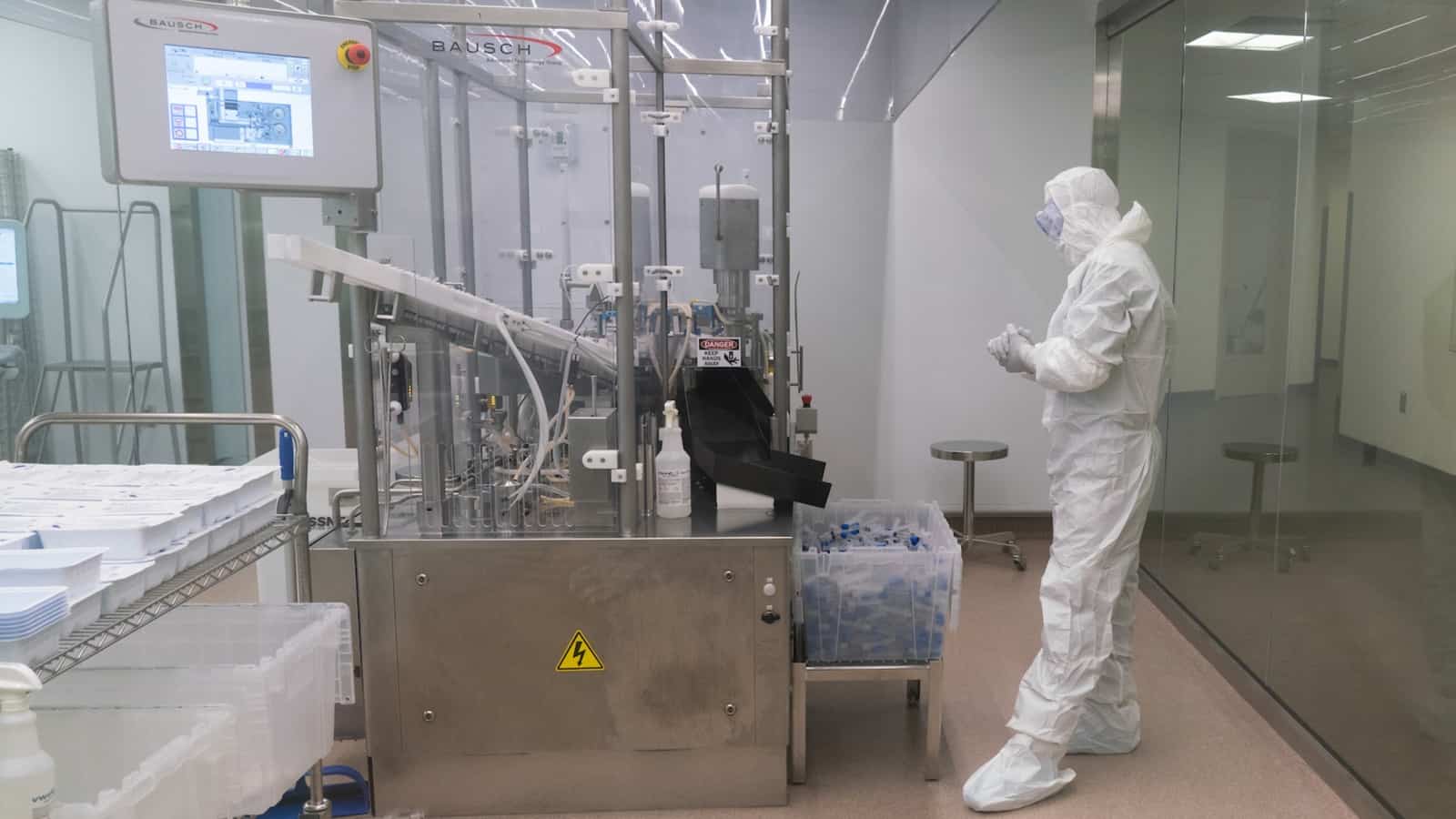
In a world that only ever speeds up, manufacturers need to embrace technologies that let them shift operations quickly and seamlessly. Manufacturing 4.0 technologies like machine learning and robotics provide that power, but the scale of the M4.0 transformation can seem overwhelming.
In a recent edition of the Manufacturing Leadership Council’s Manufacturing Leadership Journal, Oracle Senior Director of Transformational Technologies Anant Kadiyala lays out six factors that make all the difference for successful M4.0 adaptation. Below is some of his advice.
Technology Adoption: Companies that consider the full range of technology’s benefits are setting themselves up for success. Some trends to consider:
- Software is becoming more integral to business operations and product functionality—allowing products to be configured and monitored in real time using analytics.
- On the operational side, the industrial internet of things and machine vision are enabling a whole host of advances in real-time monitoring, anomaly detection and worker safety, among other uses.
Data-Driven Decision Making: Companies that make good use of data achieve higher margins than their peers, according to a McKinsey study, but that requires some key ingredients, including:
- A unified data infrastructure, including APIs, applications, analytics, real-time systems and much more;
- The right tools to process the data; and
- Employees who are skilled in data-driven operations.
“In most companies, 90% of the data goes unused. In addition, more than 70% of the time and effort in data science projects is often spent on moving, cleaning and preparing data,” says Kadiyala.
New Business Models: “Modern technologies, such as cloud, IoT and AI/ML, enable every manufacturer to have the sophistication of business operations and real-time feedback loops that were only enjoyed by the big players,” says Kadiyala.
Innovation and Experimentation: Manufacturers can pursue different options for innovation, with partnerships being a common choice. Other methods might be design workshops or R&D investments, Kadiyala notes.
- “With the right people, processes and tools, companies can navigate faster and realize value quicker. The lean methodology that the manufacturing industry is renowned for also works very well for innovation.”
Well-Integrated Teams: The right talent is critical to business transformation—and good data, process automation and collaborative practices clear the way for employees’ success.
Culture: As Kadiyala puts it, “Successful companies start early innovation on the edges of their business, deliver a few wins and then gradually build their way into the rest of the organization. All successful transformations need employees to enjoy a strong sense of purpose and mission for the change.”
“The Culture Is the Company”: An Interview with ALOM’s Hannah Kain
Get the Latest News
Sign up here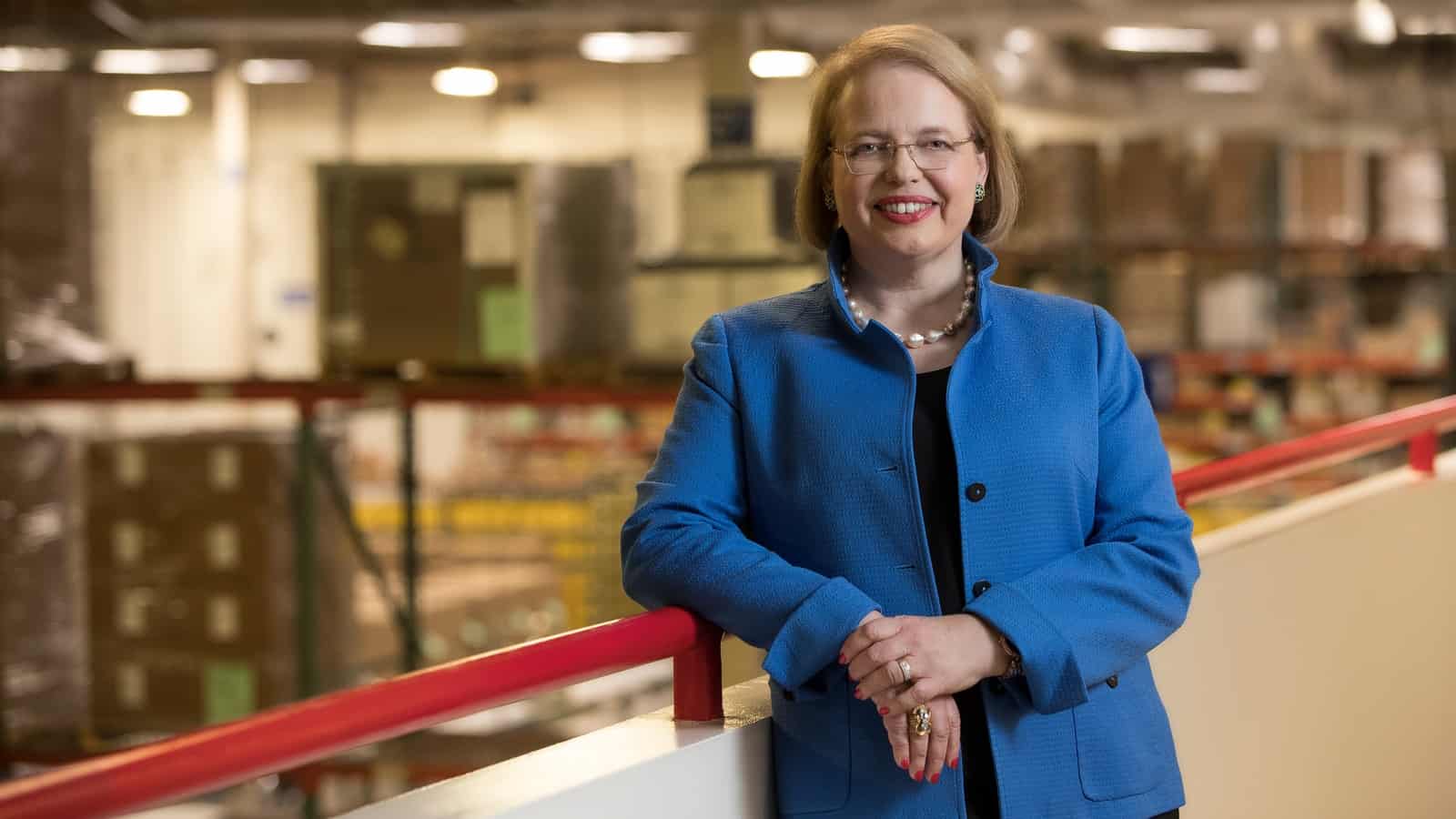
With 19 global locations, ALOM Technologies Corporation specializes in technology-driven supply chains for Fortune 100 companies. ALOM President and CEO Hannah Kain recently sat down with the Manufacturing Leadership Council to share her thoughts on the state of the industry and the keys to successful leadership.
Taking on challenges: Over the long term, Kain sees workforce development—finding and training the next generation of manufacturing leaders—as a significant priority. But in the short term, she cites COVID-19- and trade-related supply chain disruptions as the most pressing issues.
- “Shifts in demand have increased the need for agility in manufacturing, yet U.S. infrastructure, from ports and roads to cybersecurity, is under extreme strain, and geopolitics have made goods movement more complex,” she said.
Meeting the moment: During the COVID-19 pandemic, ALOM manufactured millions of COVID-19 test kits for the medical sector while ensuring its own workers remained safe, Kain said. The company also met the past year’s challenges by investing in digitization to improve its productivity.
Finding opportunities: Kain cites a range of opportunities for manufacturers of the future, from fast-improving technologies to the availability of new manufacturing talent—if manufacturers can find and harness it.
The importance of culture: Kain believes in what she calls “servant leadership”—seeing yourself as a supporter of stakeholders like customers, employees and suppliers and working to put their needs first. She strives to create a culture of collaboration within her own company.
The last word: “In the end, culture is the company, and the company is the culture,” said Kain. “Our culture is inclusive, collaborative, improvement-oriented and quality-focused, with a strong sense of ownership. Supporting that culture may be the most important thing I do.”
How COVID-19 Accelerated Manufacturing 4.0
Get the Latest News
Sign up here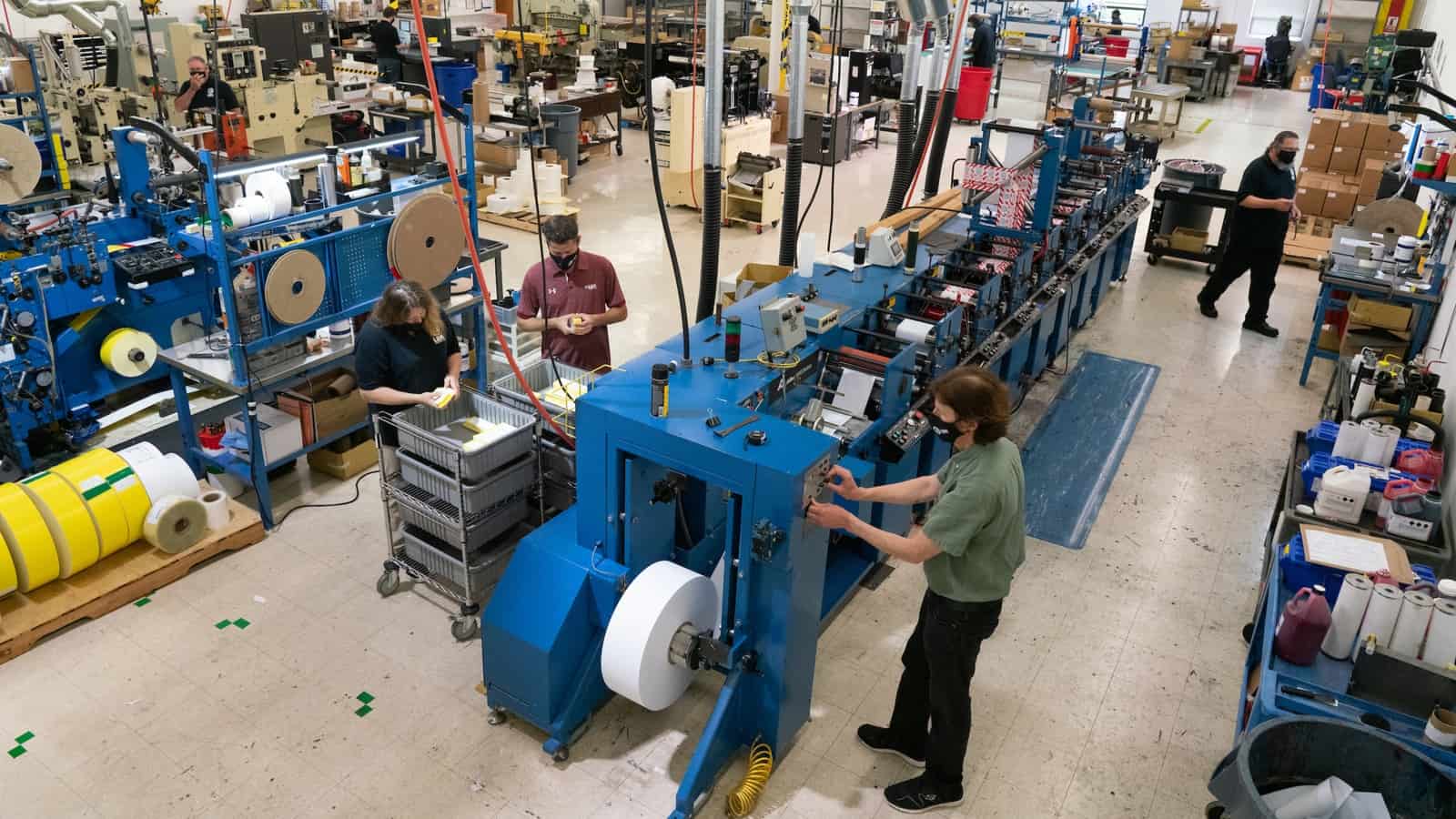
Manufacturing leaders proved they were good in a crisis in 2020—creating new products, speeding up the production of essential materials and instituting safety policies in record time. And as they accelerated their production lines, they also focused on increasing their adoption of Manufacturing 4.0 technologies.
Now, the Manufacturing Leadership Council—the division of the National Association of Manufacturers focused on manufacturing’s digital transformation—is exploring what leaders learned during the pandemic about the importance of digitization. The MLC’s recent survey of manufacturing leaders gives us a window into their thoughts, expectations and plans for the future—after a year like no other. Below are some key insights.
A big impact: A full 54.8% of respondents said COVID-19 increased management’s focus on digital transformation. The changes they cited included new procedures for remote working, new disaster preparedness plans and increased integration across teams and structures.
And here’s another important finding: these changes seem permanent.
- 68.2% said new disaster preparedness plans and strategies will be permanent additions to their operations.
- 57.3% said more collaborative organizational structures will stick around.
- 62.2% expect to keep allowing both leaders and employees to work remotely.
The digital workforce: With baby boomers retiring, companies are looking for new manufacturing leaders and seeking to fill a range of jobs, even as the digital evolution of the industry requires new and different skills. Where are these workers coming from?
- 45.5% of respondents said they would come from internal sources—a drop of nearly 5% from last year’s survey. Leaders felt somewhat more in favor of finding talent elsewhere in the manufacturing industry.
- One-third of respondents said they would look within the industry for talent, while only 13.2% expected to find candidates from other industries.
But these results may soon change, as manufacturers are still figuring out what digital skills they need. Over time, leaders will likely develop different ideas about where to find workers—and how to train them.
- As the survey shows, manufacturers have a big opportunity to ramp up their digital training: only 22.3% of respondents this year said they have formal M4.0 training programs for workers and leadership.
Organizational shift: The emerging digital focus means many manufacturers are shifting toward a flatter, more collaborative working style. The numbers tell the tale:
- Nearly 48.5% of respondents identified understanding how the company should be organized as a result of new technologies as a key challenge—an increase of 23% from last year.
The MLC says: As MLC Executive Director and NAM Vice President David Brousell put it, “Many manufacturing executives acknowledge that the equivalent of several years’ change has been compressed into the past year. Now, manufacturing leadership has the responsibility to see these changes through. If they are successful in doing so, they will take the industry to a new and better level, raising the bar for all and redefining the rules of competition.”
Prepare for Hurricanes with the NAM
Get the Latest News
Get Involved
This year, hurricane season—which officially began June 1—arrived early, as it has every year since 2015. But while 2021’s inaugural Subtropical Storm Ana did not make landfall in the U.S. in late May, meteorologists are expecting the remainder of the year to be a busy time for hurricanes—and as manufacturers know all too well, that can mean trouble is ahead.
In addition to endangering lives, a strong hurricane can cause severe damage to individual companies and the U.S. economy as a whole. In fact, the Congressional Budget Office estimated in 2019 that expected annual losses from hurricane and storm-related damage came to $54 billion.
Always be prepared: Better planning for these yearly occurrences can help manufacturers mitigate the costs associated with storm-caused devastation—and go a long way toward keeping employees safe, too.
Offering resources: In partnership with disaster-relief organization SBP and product-philanthropy nonprofit Good360, the NAM’s Emergency Response Committee works year-round to provide members with access to disaster-preparedness resources and training in advance of natural disasters, and helps manufacturers activate to help their communities when one strikes
For example, in a recent webinar sponsored by the NAM’s ERC, Amanda Gallina, SBP community engagement manager, and Matt Woodruff, vice president of public and government affairs for Texas-based tank barge operator Kirby Corporation, laid out some suggestions for hurricane preparation.
For businesses: Woodruff provided some commonsense advice for employers:
- Ensure new employees understand the hurricane plan well ahead of hurricane season.
- Create a checklist of duties that must be performed, starting with the first day of hurricane season.
- Set up remote work sites for affected areas and employees.
- Provide support to the families of employees who live in affected areas to ensure their safety.
For individuals: Gallina offered advice for all individuals facing a hurricane:
- Collect hazard and emergency information from local and national sources like news and weather apps, NOAA Weather Radio and the Red Cross Emergency app.
- Make a household emergency plan, which should include stockpiling supplies, establishing communication methods and emergency contact numbers and creating an evacuation and sheltering plan.
- Identify and protect important documents by storing them in a fire- and water-proof box, while giving extra copies to a trusted attorney or friend. You can also use secure online cloud storage as another backup.
- Get the right insurance by identifying any gaps in coverage and asking your agent the right questions.
The last word: “We are grateful for the partnership with Good360 and SBP, which allows us to better support NAM members in times of need, but most importantly, provide valuable resources and thought leadership to build resiliency in advance of a disaster,” said NAM Chief Operating Officer Todd Boppell. “Advance planning is critical for successful businesses, and the thoughtful approach demonstrated by our partners resonates with the NAM’s vision to support manufacturing operations.”
To contact the NAM’s emergency response committee or to be added to its mailing list, email [email protected].
